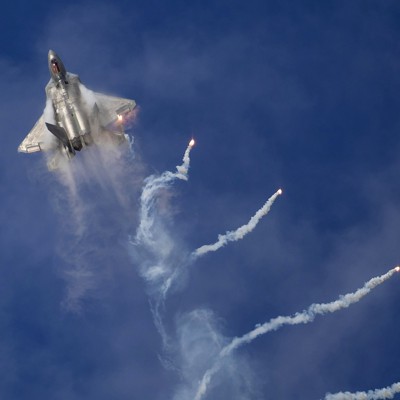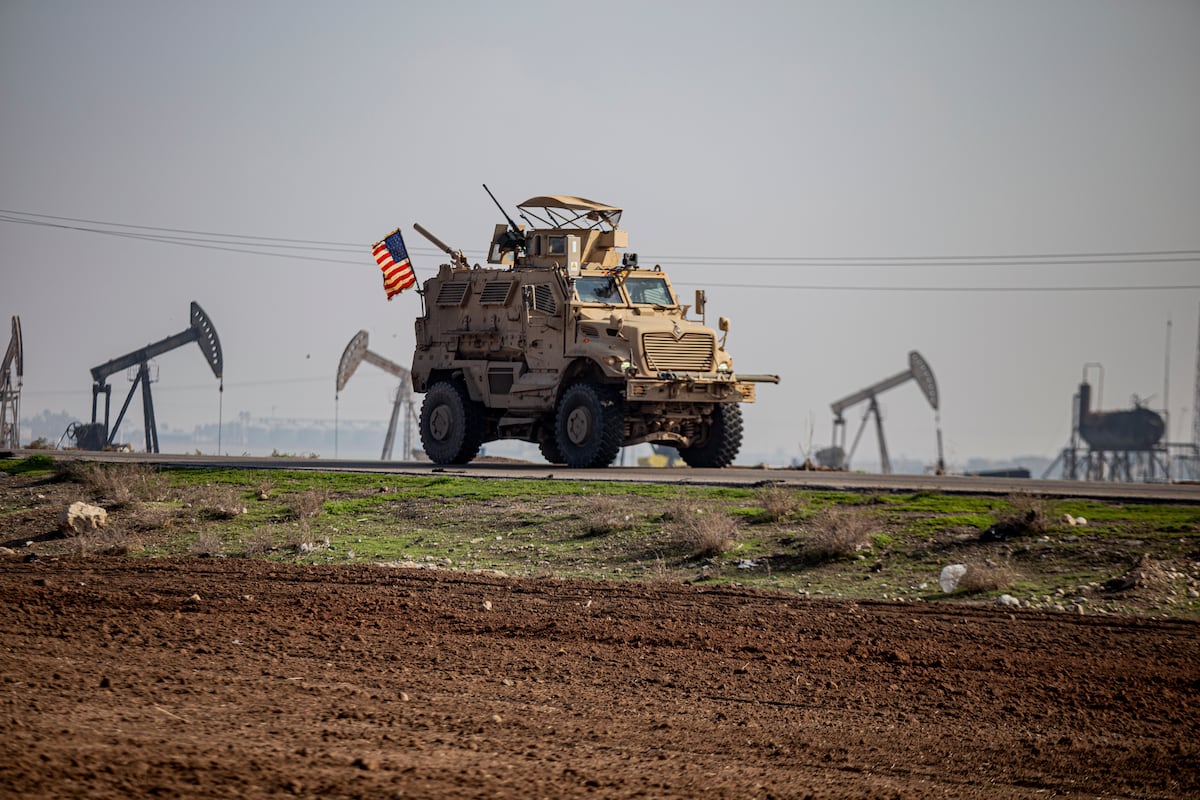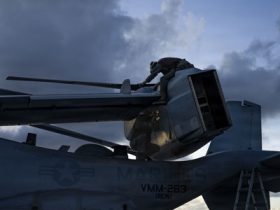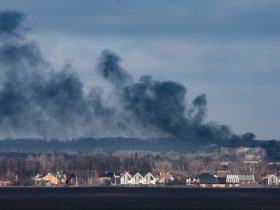A new report to Congress pitching the Air Force’s 10-year fighter jet plan is missing key details and explanations, raising questions and concerns among defense experts.
The 24-page document details Air Force Secretary Troy Meink’s support of the interim defense strategy’s mandate “to protect the homeland, deter our adversaries, and project decisive airpower” by purchasing more F-15EXs, F-35s and F-47 aircraft. The report sets an ambitious goal of having nearly 1,400 tactical aircraft by 2030 but says the service does not have “total obligation authority” to place the necessary orders and adds that “Industry production limitations will also limit the USAF’s ability to meet global force requirement.” The document also said the service needs a total of 1,558 manned tactical aircraft to “achieve low risk to resourcing, executing and sustaining combat operations.”
It’s unclear how the Air Force will reach those goals, said Todd Harrison, a defense budgeting expert at the American Enterprise Institute. He added the report didn’t include info from the Future Years Defense Program, the Pentagon’s five-year budget plan.
“One thing that stood out to me is it doesn’t have actual tables in the unclassified document showing the force plans in the future,” Harrison said. “It doesn’t even show the FYDP plans.”
The long-term plan was ordered up by the 2025 National Defense Authorization Act. This initial version was due six months ago; new editions are required every April through 2029. Defense One obtained a copy of the unclassified version of the report.
Defense experts were also concerned by the number of required combat aircraft detailed in the Air Force’s report to Congress, saying it falls short.
Dave Deptula, a retired Air Force three-star and dean of the Mitchell Institute, said the Air Force has been on a “death spiral” and said the ambitious goals pitched by the service in the report aren’t enough for current national security needs.
The Air Force “desperately needs additional budget from the administration and funding from Congress to reverse this dire situation,” Deptula said. “The report is interesting, but it’s about 25-30 percent short of what’s needed to execute America’s security strategy.”
A graph in the report shows dwindling numbers of A-10s, F-15C/D, and F-15E aircraft, while retaining the same numbers of F-16s and F-22s over the next five years. It also details the service’s plan to modernize some aircraft and retire others.
Retirements of the A-10 Warthog are continuing; the Air Force plans to stop funding missions with them by next September, according to the report. The plan also calls for retiring some F-15Es with older engines while keeping ones with updated Pratt & Whitney F100-PW-229 power plants.
F-15C and D jets are being retired as F-15EXs arrive. Annual production of the EX is to reach full speed with 24 jets in fiscal 2027, and the Air Force is “exploring opportunities to capitalize on this production rate,” according to the report.
F-16s in the Block 40 and Block 50 configurations will get Active Electronically Scanned Array radars, Multifunctional Information Distribution System Joint Tactical Radio Systems, and Integrated Viper Electronic Warfare Suites, the report said.
F-22 Block 30s and 35s are getting extensive modernization while older Block 20s are planned for retirement.
Upgrading and buying more F-35s is listed as a major priority but fielding those new jets is “inherently risky” given funding woes and “industry delivery delays,” the report said.
Aircraft-builder Lockheed Martin still got paid incentive fees when they delivered F-35s “up to 60 days late,” the Government Accountability Office wrote last month.
The report identifies the F-47 and the collaborative combat aircraft prototypes as the service’s “number one modernization priority.” Service officials plan to have the F-47 ready for its first flight by 2028.
The report acknowledges the “complexity” of adapting to the administration’s new defense strategy.
“Homeland defense, forward posturing, power projection (deterrence), contingency response, modernization and aircrew production are the key missions the USAF must balance through deliberate basing, procurement, and management of tactical fighter aircraft,” the report said. “Balancing these diverse requirements with limited resources adds complexity to an already significant challenge to meet force structure demands.”
The report broadly follows Meink’s argument that the Air Force’s existing power-projection programs are relevant to the administration’s national-security objectives, including “the President’s determination to restore our neglected position in the Western Hemisphere.”
During the Air & Space Force Association’s annual conference near Washington, D.C., last month, Meink told reporters “homeland defense pretty much captures all threats.”
Read the full article here








Leave a Reply